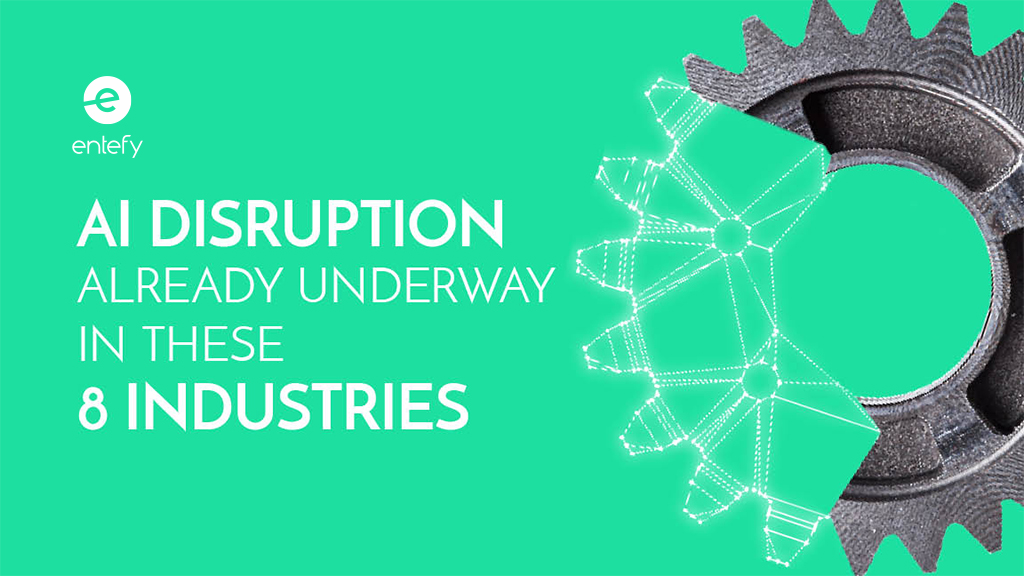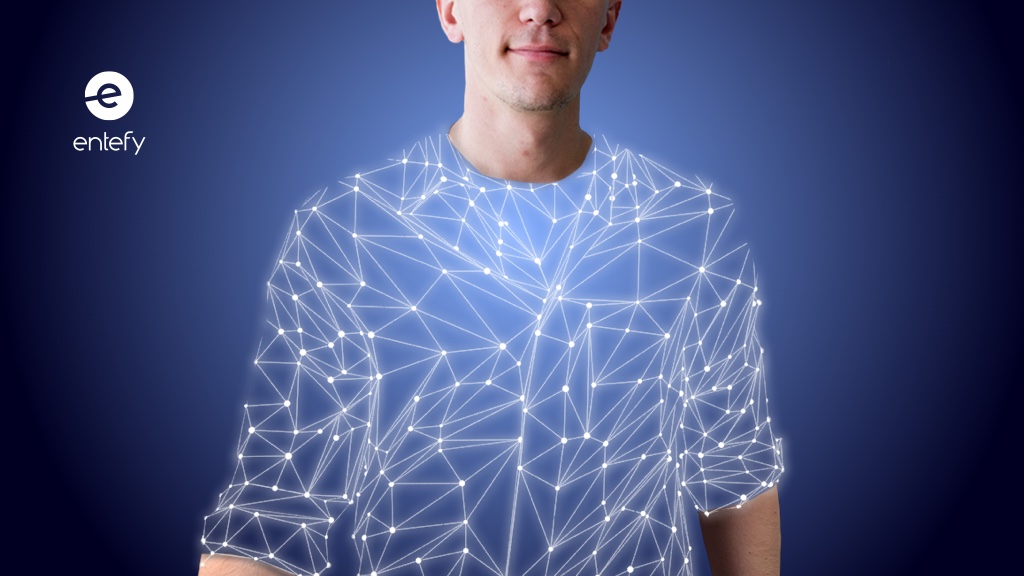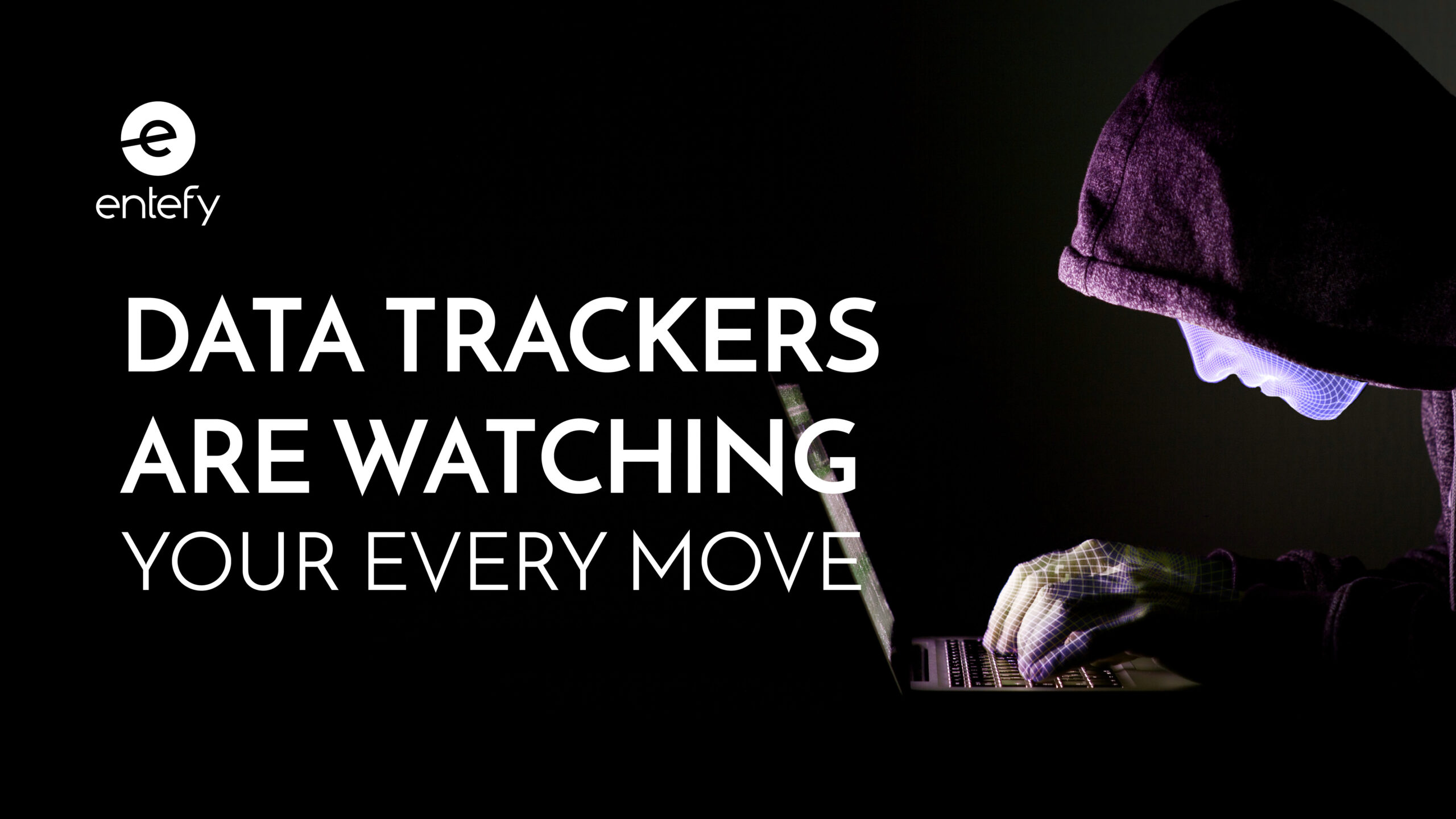Here’s a fun experiment: Make a mental list of everyone you know. OK, maybe not everyone. But at least the core group of people with whom you interact every day. Friends, college roommates, romantic partner – anyone who qualifies as a favorite in your smartphone contact list.
Now think about what they do for a living. Chances are there’s a programmer, or a social media manager, or a UX designer. Throw in a cloud security engineer, and you could form your own startup.
While these job titles are the norm today, many of them didn’t exist 15 years ago. The Internet created a wave of new industries that transformed the way we think about work. As more and more companies transitioned online, the demand for capable software engineers and web designers swelled with no end in sight. Programming remains one of the most desired job skills in today’s economy, and digitally-savvy creatives are in demand as well. One report found that 7 million U.S. job openings in 2015 required some coding ability and that the programming field is growing 12% faster than the market average.
But the Internet didn’t just open the door to new career opportunities. It set in motion a trend toward a skills-based, value-driven job market. For decades, conventional wisdom said that earning a college degree all but guaranteed you a well-paying job. While a diploma is still a valued commodity, some employers have begun emphasizing computer science skills over degrees in their hiring decisions. Coding skills can also boost your chances of landing non-tech jobs such as customer support, content marketing, and technical writing.
That trend may soon extend to other fields. Just as the Internet created new professional roles, so, too, will artificial intelligence. The demand for experts in machine learning, natural language processing, and complex mechanical skills will rise as AI and robotics technologies become more prolific. But opportunities in other areas will as well. For instance, companies will increasingly employ humans to tag data used to train machine learning systems.
Accenture researchers have identified three categories of new jobs AI will create: trainers, explainers, and sustainers. These will include responsibilities such as training an algorithm to respond empathetically to customer queries and explaining the technology’s impact on a company’s overall business outcomes.
While formal computer science training will be necessary for some of these roles, such as those in AI ethics compliance, the researchers suggested that others may not require a degree. Empathy trainers, for instance, will be valued for their intuition and keen understanding of human interactions than for their prestigious academic backgrounds. “The effect of many of these new positions may be the rise of a ‘no-collar’ workforce that slowly replaces traditional blue-collar jobs in manufacturing and other professions,” the researchers wrote in the MIT Sloan Management Review.
The no-collar workforce goes back to the future
Conversations are growing around how best to educate students for the evolving workforce, and many experts agree that countries such as the U.S. and the U.K. must do more to prepare for the coming changes. With AI handling routine tasks, people will need to develop additional qualities like creativity, adaptability, and interpersonal skills.
This has implications in everything from what’s taught at the elementary and high school levels, to how recent college graduates and seasoned professionals embrace lifelong learning. Many of the most in-demand skills will be those that are uniquely human. And to stay competitive, we’ll need to amplify the emotional and intuitive traits that distinguish us from increasingly competent machines.
“The new smart will be determined not by what or how you know but by the quality of your thinking, listening, relating, collaborating, and learning,” one professor wrote in Harvard Business Review. “Quantity is replaced by quality. And that shift will enable us to focus on the hard work of taking our cognitive and emotional skills to a much higher level.”
On that note, let’s look at the core skills you’ll need to compete in the no-collar workforce of the (near) future:
1. Communication
If you’ve ever been involved in a misunderstanding with a boss or co-worker, you know how valuable workplace communication is. Not only do outstanding problems create tense, uncomfortable office environments, it also costs American businesses nearly $360 billion in paid hours, or 385 million workdays. Employees who possess strong communication abilities and can de-escalate conflicts will be increasingly valuable as we transition to the new workforce.
Being “new smart” will mean being able to walk back your own ego and help others do the same. Change can be difficult, and those who offer calm, rational, and clear communication will be those whose contributions are most valued as we navigate this brave new world.
As entire departments adapt to automated or AI-assisted programs, a strong communicator might be tapped to oversee the transition. This person would need to be familiar with the programs, but more importantly, they would need to be able to explain why the company had opted to implement these platforms. Not only would they guide people toward using the software, they’d offer empathetic reassurance when colleagues felt frustrated or threatened by the new technology. Workers can become very set in their ways, and good communicators can serve as champions for both the people and the technology.
2. Adaptability
AI platforms such as machine learning and NLP improve over time based on inputs from humans. However, they’re not able to respond effectively to unpredictability and volatility. That’s why adaptability will remain a key professional asset. In an analysis of AI’s likely impact across 30 different industries, Quartz found that the more unpredictable a field is, the more valuable and competitive a skill human adaptability will remain.
Positions such as conflict mediators or workplace counselors demand a readiness to respond to unpredictability at all times. One can imagine that an AI algorithm could analyze employee personality assessments and responsibilities to optimize team dynamics and working environments. But if conflicts break out within a team and tempers flare, a mediator may need to defuse the situation. They’ll need to bring the conflicted team members together, quickly understand what caused the problem, and respond in real-time to the shifting dynamics to ensure that the company doesn’t lose money or progress over interpersonal challenges.
3. Emotional intelligence
AI’s strengths lie in data collection and processing, and smart computers are increasingly able to offer recommendations for business strategies. However, AI platforms cannot offer comfort after a dire medical diagnosis, or inspire people to rally around new ideas, or deftly defuse a tense business meeting. People who can reassure and persuade will find that their skills are highly desired across a range of industries.
Although most people accept that AI and automation will impact their jobs, they’re not entirely clear on how and are understandably nervous about what those changes mean. Emotionally intelligent super-managers will be able to steer their companies through uncharted waters without seeing their entire employee base jump ship. They can reassure employees about their places within the organization, guide them toward skills development programs that suit their abilities, and help them adapt to the new economy.
4. Complex problem solving
The World Economic Forum ranks complex problem solving as the top skill that employers will seek by 2020. The term refers to the ability to solve novel, open-ended problems in complex, settings, a key cognitive asset in a rapidly changing workforce. As new technologies and AI platforms are introduced, employers will seek workers who can embrace new ways to solve problems rather than clinging to old processes.
Complex problem solving may be especially useful in areas such as product development. An employee who can shift easily from technical discussions about software or product functionality to debates about human psychology will be able to make valuable contributions to those conversations. By combining both of these aspects, they’ll leverage technology to better serve their customers’ needs.
5. Critical thinking
As AI helps companies gather more data than they’ve ever had access to before, humans will need to extract insights from that information and determine what those mean for the company. Being charismatic and communicative will be important as millions of workers enter the age of AI. But the ability to critically assess data sets and make difficult decisions will be equally essential.
That ability will be a top priority across all industries, because every company and organization is dealing with massive quantities of information. The key to critical thinking is looking beyond the numbers and seeing the human story behind the data.
The core “no-collar” skills workers will need in the coming years center around some of our most human traits. Although we’ll all likely learn to code at some point and will be called upon to use technology in ways we never imagined, our top priority must be honing the emotional and cognitive skills that come from self-reflection and humble introspection.










